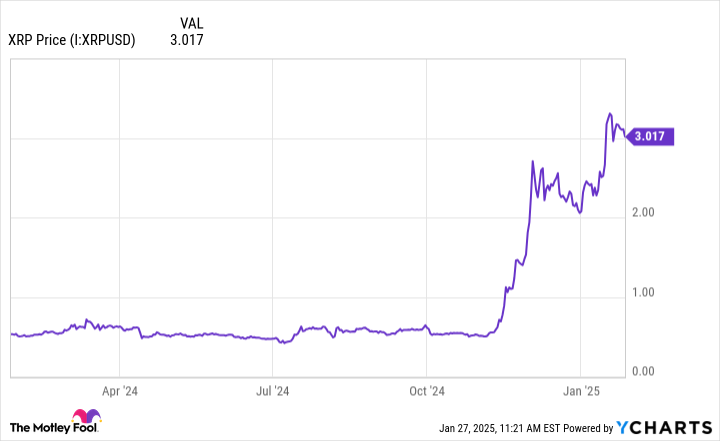Crypto Clash: Trump Era's Digital Currency Showdown - Ripple vs. Bitcoin

XRP vs Bitcoin: Navigating the Cryptocurrency Landscape
In the dynamic world of digital currencies, investors are constantly weighing their options between established cryptocurrencies. XRP and Bitcoin stand out as two titans of the crypto market, each with unique characteristics that make them attractive to different types of investors.
While Bitcoin has long been the gold standard of cryptocurrencies, XRP presents an intriguing alternative that could potentially offer more stability and strategic advantages in the coming years. The cryptocurrency landscape is evolving rapidly, and savvy investors are looking beyond surface-level popularity to understand the deeper potential of these digital assets.
XRP, developed by Ripple, has several compelling advantages that make it an attractive investment. Its focus on facilitating fast, low-cost international transactions gives it a practical utility that sets it apart from many other cryptocurrencies. Unlike Bitcoin's more speculative nature, XRP has built strong partnerships with financial institutions, which could provide a more solid foundation for future growth.
As we look ahead to the next four years, XRP appears to offer a more strategic and potentially safer investment path. Its established network, clear use case, and ongoing technological developments make it a cryptocurrency worth serious consideration for investors seeking both innovation and relative stability in the volatile crypto market.

